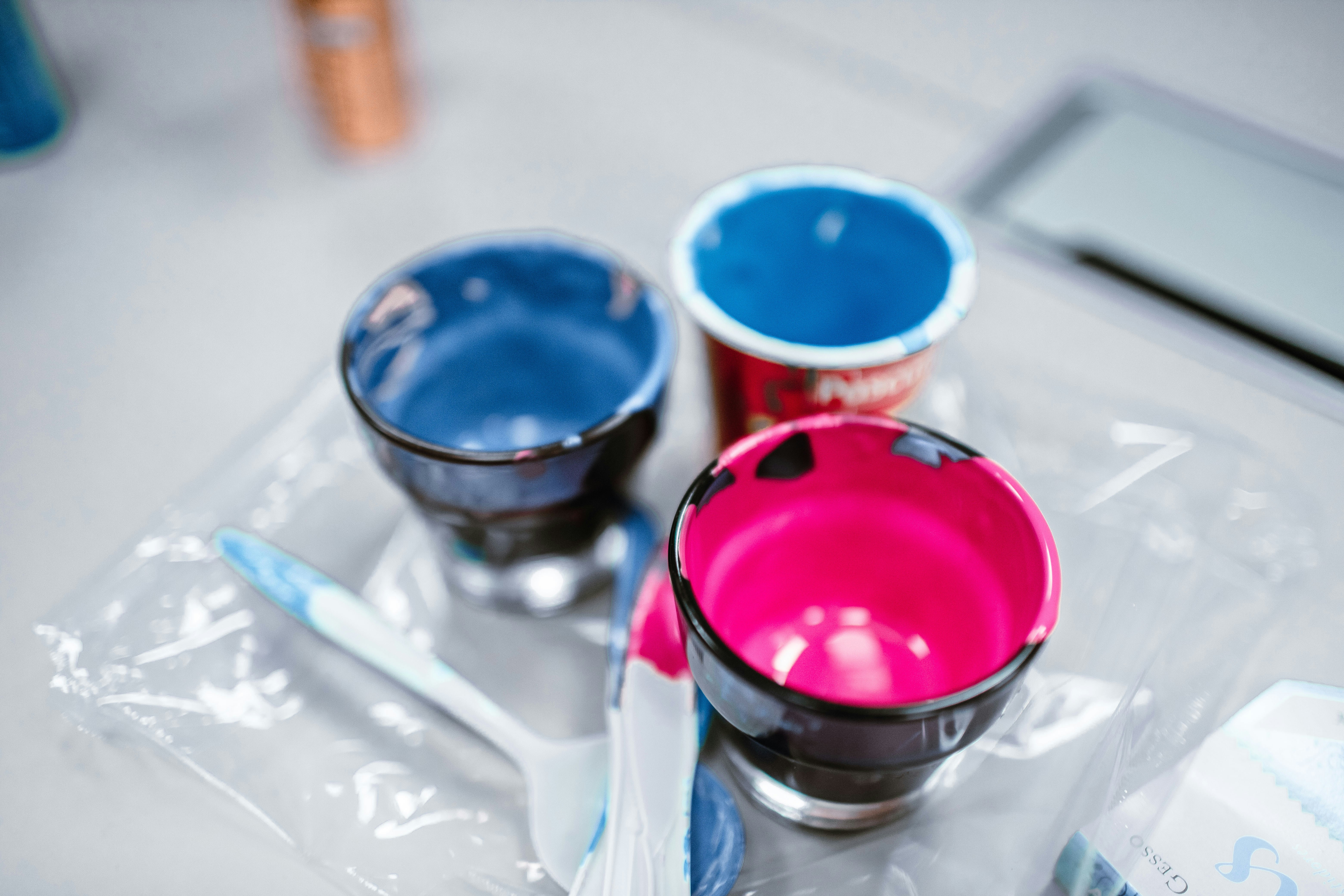The Alchemy of Color: Explore How Pigment Chemistry Shapes Skincare
Do you ever wonder why certain skincare products make you feel radiant while others barely lift your spirits? The secret often lies in the chemistry of color. Pigments not only play a pivotal role in formulating beauty products but also significantly influence our perceptions of efficacy and overall beauty. Join us on this captivating journey where we explore the intricate alchemy of color in skincare, how it affects our choices, and the underlying chemistry that makes it all possible.
Understanding Pigment Chemistry in Skincare
Pigments are integral to the formulation of cosmetics and skincare products, affecting both the visual appeal and performance of these items. From natural minerals like titanium dioxide to synthetic colorants, pigments can alter the feel, coverage, and even texture of products ranging from moisturizers to foundations. But what exactly are pigments, and how do they contribute to the efficacy of skincare products?
At its core, pigment chemistry involves the study of how these colorants interact with skin, light, and other ingredients in a product. Different pigments can absorb and reflect light, altering how products look on the skin. The use of warmer or cooler tones can also change the perception of skin tones, helping create an illusion of brightness or depth. This direct interaction between color and skin not only enhances the aesthetic appeal but can also affect user experience and confidence.
The Psychology of Color in Beauty Products
Color psychology plays a crucial role in how we perceive beauty and skincare. Various hues can evoke emotional responses, influencing our choices and experiences. For example, soft pastels may create feelings of calm, while vibrant hues could evoke excitement or energy. In packaging, the colors chosen for skincare products can also suggest what a product is intended to do, whether it’s calming or energizing.
Research has shown that color directly impacts our mood and perceptions. This phenomenon is evident in the products we choose—warm colors may encourage a sense of warmth and approachability, while cool colors could suggest sophistication and trust. When it comes to skincare products, employing these psychological principles can significantly shape consumer behavior.
Would you like to delve deeper into the types of emotions related to skincare and beauty? Check out our article on how emotions influence skincare choices.
The Use of Color in Skincare Formulations
The way pigments are utilized in skincare formulations can have a profound impact on their effectiveness. Here are some key ways color is integrated into skincare products:
-
Tinted Moisturizers and Foundations: These products often contain pigments designed to match a range of skin tones. The color not only provides aesthetic benefits but can also offer a protective barrier against UV rays. Additionally, tinted products can conceal imperfections while enhancing the natural tone of the skin.
-
Color-Correcting Products: Green pigments neutralize redness, while peach tones can counteract dark circles. By understanding pigment chemistry, brands create innovative solutions to target specific skin concerns effortlessly.
-
Mood-Boosting Effects: Incorporating particular color palettes in product formulations can promote a positive mood. For instance, products adorned in cheerful yellows or soothing blues can elevate the skincare ritual, impacting application and overall satisfaction.
For an in-depth exploration of how scent affects skincare efficacy, check out our guide on the influence of fragrance on skincare.
Natural vs. Synthetic Pigments: The Benefits and Drawbacks
When it comes to pigments, there are two primary categories: natural and synthetic. Both have benefits and drawbacks, depending on the intended application and the desired effects on the skin.
-
Natural Pigments: Often sourced from minerals and plants, they can provide additional skin benefits. For example, iron oxides offer sun protection along with color. Consumers are increasingly leaning toward clean and green beauty, making natural pigments more popular.
-
Synthetic Pigments: These can provide bright, vibrant colors that are consistent and long-lasting. However, they may sometimes contain harmful chemicals. It's essential to source these carefully, considering consumer safety and regulatory guidelines.
The Role of Light in Color Perception
Light is another critical factor in how we perceive color. Natural lighting can dramatically change the way a product looks on the skin versus artificial lighting, which can distort hues. Moreover, the way a product interacts with light can impart effects like shimmer or glow, adding to its appeal.
Different light sources—the warm glow of incandescent bulbs or the cooler tones of fluorescent lighting—can also shift how colors are seen. This is particularly relevant in retail environments, where product colors may look different under store lights compared to how they appear in natural daylight. Awareness of these nuances can help brands select packaging and in-store displays that not only capture attention but also inform customers.
The Impact on User Experience and Consumer Behavior
Understanding the interplay between pigment chemistry and color perception can vastly affect user experience. Users often look for products that perform, and any emotional or aesthetic boost can enhance their perception of efficiency. Thus, brands that harness color psychology effectively can influence consumer behavior, creating deeper connections between products and users.
The Science Behind Color-Infused Skincare
The combination of science and artistry in developing color-infused skincare indicates a growing trend towards hybrid products. This blending of skincare with cosmetic appeal challenges traditional skincare perceptions. For instance, complexion-enhancing creams that include pigments not only offer moisture but also provide coverage, creating a product that serves dual purposes.
The Future of Color in Skincare
As we delve deeper into the realm of skincare innovation, the future of color chemistry looks promising. Advancements in technology could pave the way for customized pigments that change according to skin tone or environmental factors. Imagine a moisturizer that adapts its color and texture depending on humidity or individual skin chemistry!
Moreover, understanding the relationship between color, psychology, and product efficacy may help brands create more targeted solutions. With consumer preferences continuing to evolve, coloring in skincare will encompass not just beauty but also emotional well-being.
For more insights on this evolving landscape, explore our piece on biodegradable ingredients and their impact.
Personal Narratives: What Colors Mean to Us
Incorporating personal anecdotes helps ground our understanding of how colors resonate on a human level. Whether it's a red lipstick that makes you feel empowered or a calming blue face cream that allows you a moment of tranquility, the colors we choose are often tied to our experiences, emotions, and personalities.
I remember the first time I applied a lush green tinted serum that promised to brighten my complexion. Not only did it deliver on those claims, but it also lifted my spirits immensely. The interplay of the beautiful green packaging, the lush scent, and the vibrant color reflected in the mirror created an overwhelming sense of joy.
We've all had similarly transformative experiences with colors in our beauty routines. What are some of yours?
Final Thoughts
The alchemy of color in skincare is not merely a cosmetic hurdle but a complex interplay of chemistry, psychology, and user experience. As you navigate the vast array of skincare products, remembering the emotions and nuances tied to color can enhance your journey toward radiant skin. Armed with this knowledge, you can make informed choices and elevate your skincare rituals to a new height.
Explore beyond traditional hues and embrace your skin's full spectrum of potential through the alchemy of color. As always, this journey is as personal as it is vibrant; take time to discover what speaks to you.













